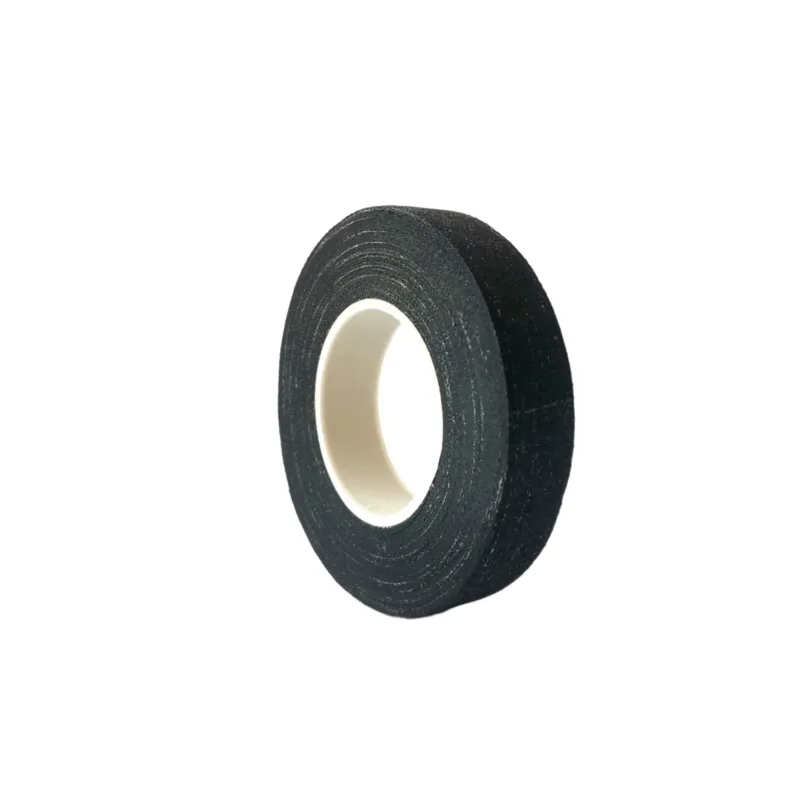The Versatility and Importance of Insulating Tape
Insulating tape, commonly known as electrical tape, is an essential tool in various industries and in our everyday lives. While it may seem like a simple product, insulating tape plays a crucial role in ensuring safety, efficiency, and reliability in electrical applications, as well as a multitude of other uses.
Primarily made from materials such as vinyl, rubber, or cloth, insulating tape is designed to provide electrical insulation. Its primary purpose is to cover exposed wires and connections, preventing electrical shorts and minimizing the risk of shock. The tape is often available in an array of colors, allowing electricians and DIY enthusiasts to color-code wires for easier identification and organization. This feature is especially useful in complex wiring systems, such as those found in homes, offices, and vehicles.
One of the standout characteristics of insulating tape is its ability to withstand high temperatures and its resistance to moisture and chemicals. These qualities make it suitable for various applications beyond just electrical work. For instance, insulating tape can be employed in plumbing to repair leaky pipes, in automotive repairs to cover damaged wiring, and even in creative projects for artists and crafters. The flexibility of insulating tape allows it to conform to various shapes, making it an ideal solution for irregularly shaped objects or surfaces.
In the electrical industry, insulating tape is indispensable. Professionals in this field rely on it to ensure that electrical systems function safely and effectively. With the increasing demand for renewable energy sources and the implementation of new technologies, electricians are often faced with complex systems that require high levels of insulation. Insulating tape provides a simple yet effective means to achieve this, safeguarding users and equipment from electrical hazards.
insulating tape

Furthermore, insulating tape plays a vital role in maintenance and repair work. Over time, electrical connections can degrade due to wear and tear, exposing the wiring underneath. In such cases, quick repairs using insulating tape can extend the life of electrical installations. It is an inexpensive, readily available solution that can prevent costly downtime and potentially dangerous situations.
Another interesting use of insulating tape is in the field of home improvement and crafting. Many DIY enthusiasts utilize insulating tape for projects ranging from organizing cords to making custom items. Its adhesive properties and flexibility make it a favorite for creating clean and professional-looking finishes. For example, when wrapping handles of tools or utensils, insulating tape provides not only insulation but also added grip and comfort.
However, while insulating tape is extremely useful, it is essential to recognize its limitations. It is designed for specific applications and should not be used as a substitute for proper electrical fittings or professional installation methods. Being aware of the types of insulating tape available is crucial, as each type may have different temperature ratings, adhesive strengths, and environmental resistances. Consulting product specifications and guidelines ensures that users choose the right tape for their needs.
In conclusion, insulating tape is a versatile tool that serves many purposes in our daily lives, particularly in electrical applications. Its ability to provide insulation, conform to different shapes, and endure various environmental conditions makes it invaluable across multiple industries. Whether you are an electrician, a DIY enthusiast, or someone looking to make quick repairs, having a roll of insulating tape handy can make all the difference. The next time you reach for a piece of insulating tape, remember the vital role it plays in safety and efficiency in both professional and personal projects.
-
XIANGFAN Rubber Tape-Ultimate Solutions for All Your Insulation NeedsNewsJun.24,2025
-
XIANGFAN Rubber Tape-Protection for Industrial and Residential ApplicationsNewsJun.24,2025
-
XIANGFAN Rubber Tape: Superior Safety and Sealing for Demanding EnvironmentsNewsJun.24,2025
-
XIANGFAN Rubber Tape: Reliable Solutions for Every Electrical ChallengeNewsJun.24,2025
-
XIANGFAN Electrical & Industrial Tape: Powering Reliability Across IndustriesNewsJun.24,2025
-
XIANGFAN Electrical & Industrial Tape: Excellence in Every ApplicationNewsJun.24,2025
